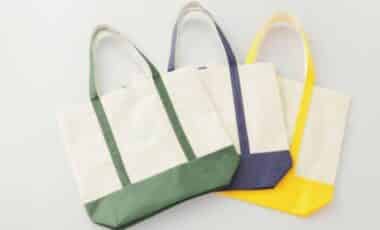
Rolf von Bueren’s obsession for lacquer art can very well be seen through his extensive collection of east Asian lacquer wares. The founder of Lotus Arts de Vivre, jewellery and home decoration is inviting you to bask in the beauty of this age-old heritage from China and Japan. Items within the Eastern Curiosities—Lacquer Collection from Lotus Arts de Vivre are composed of two sets: the first being Rolf’s personal collection with pieces as old as 250 years and the second, precious jewellery pieces made in tribute to the priceless savoir-faire of Japanese lacquering.
As the German octogenarian recounts his past with Asia and his deep fondness for lacquer, it was clear a short chat could not possibly express the profound knowledge and passion he has towards the artform in its entirety. Tatler Thailand nevertheless sat down with Rolf to discuss the cultural curiosity once reserved for the elites, until time ran out.
When did you start collecting lacquerware?
Around 20 years ago for lacquerware in particular. But I’m a collector by nature and have I collected all kinds of things long before that.
Can you explain to us its allure?
It has a very classic look, especially for a European like myself. When you go to a museum to see classical art, lacquer fits exactly in that category. It fits the classic quality of things. If you look worldwide, famous art has a classic look to it, and lacquer has that. There is allure in the final product, but there is also an allure from the knowledge of how it’s done. Knowing how long it takes to craft, knowing the qualifications required to finishing a quality piece—knowing all these things together, when you see a piece, you really appreciate the art.






What are the different processes in crafting lacquerware?
Lacquer indeed came from China. Lacquer is a tropical product; it is waterproof and heat-resistant. In China, they used it for furniture and daily-use items. They would layer the sap, layer after layers—hundreds of layers—and then carve it. Basically, lacquer came from China to Japan. But like many things in Japan, once it is adopted, it is refined to the extent. The Japanese do lacquer exceedingly well. Polishing lacquer alone requires a special bamboo ash, which costs US$2,000-3,000 a kilo, and there are many stages of polishing in Japanese lacquer work.
Once the polishing steps are done, the decoration procedures begin. Depending on the different techniques used, artisans might blow gold or silver onto the lacquer, or the surface can be raised using more bamboo ash on the design. Inlay techniques use abalone or other shells that have beautiful colours to be inserted into the lacquer. Lacquer comes in quite limited colours: black, red and perhaps orange if white pigments are added into the mix. The rest is the application of gold, silver and shells.


How did you make lacquer art pieces unmistakeably Lotus?
We send rings, earrings, bangles and other Lotus objects to Japan. We ask them to put the lacquer on and send it back. The process takes a year. After getting it back, we add stones into it—diamonds, pearls, emeralds, rubies. We make precious jewellery with that classic look. When you wear it, it’s guaranteed to make a dinner conversation.
Last question—what lacquerware can visitors expect to see at the Anantara store at the moment?
We have all the old pieces I’ve collected over the years, and we have new pieces—lacquer handbags, rings, necklaces and more. (The ones we sent to Japan to be lacquered). My strength, I believe, is going into a shop with a hundred pieces and spotting the two best pieces in there and buying them. It took my whole life to train my eyes, the product of which you’ll be seeing at the Lotus store at the Anantara.
See also: Nicklas von Bueren’s Rise To Taking The Reins Of The Family Business—Lotus Arts De Vivre
To see more wonderous pieces from Lotus Arts de Vivre, visit lotusartsdevivre.com or the Lotus Arts de Vivre boutique at the first floor of the Anantara Siam Bangkok Hotel.
Related: Meet The Count of Plettenberg And His Fabulous Collection Of Rare Objects








